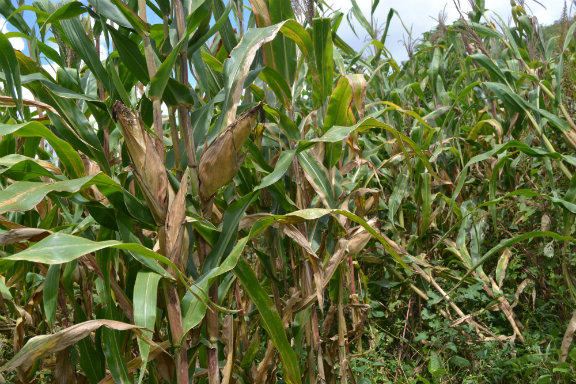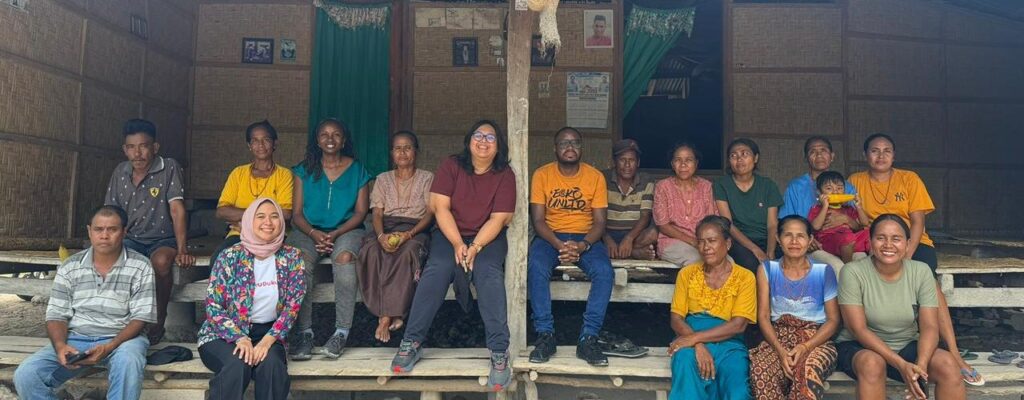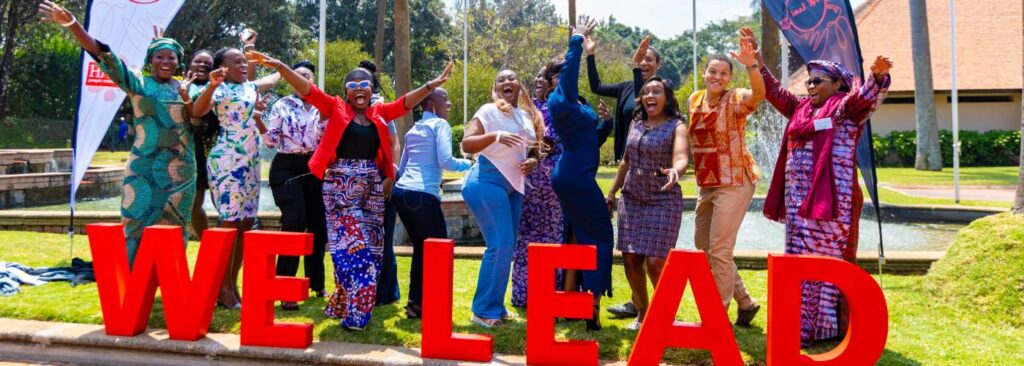The true cost of food isn’t on the package
Factors such as greenhouse gas emissions, water pollution and soil erosion are not considered in today’s cost calculations of products and production systems. Nor are the effects these product and systems have on society and health. If such factors were taken into account, the true cost of maize production, for example, would be 2 to 2.5 times higher.
In addition, current agricultural practices are weakening the food system and reducing our future production capability. This means the agricultural sector must closely monitor how its practices influence soil fertility and access to clean water and energy.
The true cost of maize production in Zambia
Hivos is looking at the impact of this reality in Zambia, where limited food diversity and a decline in soil fertility are both the result of unsustainable agricultural practices and production focused on a single crop: maize.
In this context, Hivos commissioned Soil & More Impacts BV (SMI) to conduct a comparative true cost assessment of traditional maize production in Zambia’s Central Province, compared to alternative maize production systems using sustainable practices. This report provides an insight into the real costs of an agricultural system that focuses on maize as the only crop, and offers concrete solutions to lessen these costs. It concludes that the actual costs of production in Zambia’s current maize cultivation systems are on average 2.5 times higher than what is calculated in market prices. This finding is line with other true cost accounting studies.
What can we do?
Hivos recognizes that in order to adequately tackle today’s and tomorrow’s food security challenges, unsustainable agricultural practices must change. Furthermore, market prices need to reflect the real costs. If, and at what price, agricultural goods will be available in the future is determined by the agricultural practices used today. If we want to secure a sustainable future food supply, the agricultural system needs to shift towards more sustainable practices.
Sustainable production practices do exist
Sustainable farming practices do exist and are important to counter the effects of climate change. Examples include natural fertilization (using crop residues for composting), reducing tillage (agricultural preparation of soil), and using cover crops (plants grown primarily for the benefit of the soil rather than the crop yield). These practices reduce carbon emissions from the soil by about one third and even sequester additional CO2. Carbon sequestration, combined with compost application and crop residue management, also builds up soil, making better use of water and nutrients and reducing the risk of increasing production costs and crop failures.
Who needs to push this forward?
Governments must help accelerate the shift towards sustainable food systems that increase access, availability and affordability of diverse and nutritious foods. This entails investing in research and extension services, working with the private sector, and supporting smallholder farmers to adopt sustainable practices.
Farmers and agribusiness for their part need to invest more in the quality and health of soils – their main production asset – both to secure future profits and a sustainable supply of food.
The many benefits of sustainable practices
An increasing number of stakeholders in different sectors have been calling for policy frameworks that use accounting models to evaluate the external environmental costs mentioned above and integrate them into market prices. If we promote and incentivize a farming system that reduces risk for farmers by using sustainable practices, we can reduce the dramatic volatility of food prices, make the food system more resilient to climate change, and ultimately create environmental benefits.
Download the True-Cost-of-Maize-in-Zambia Discussion Paper




